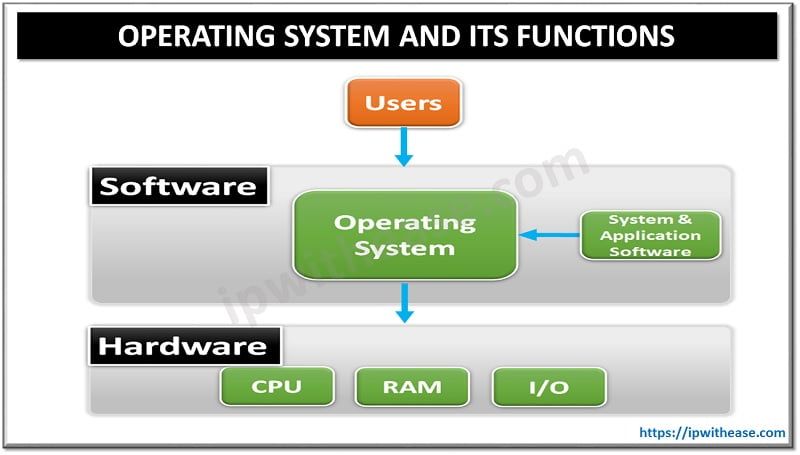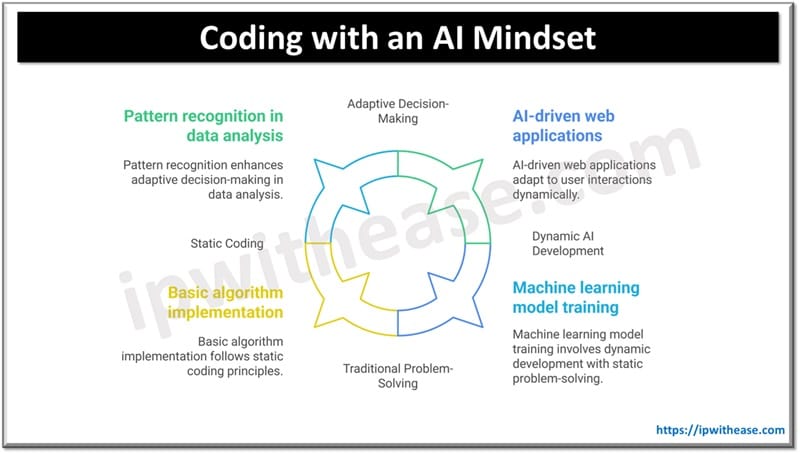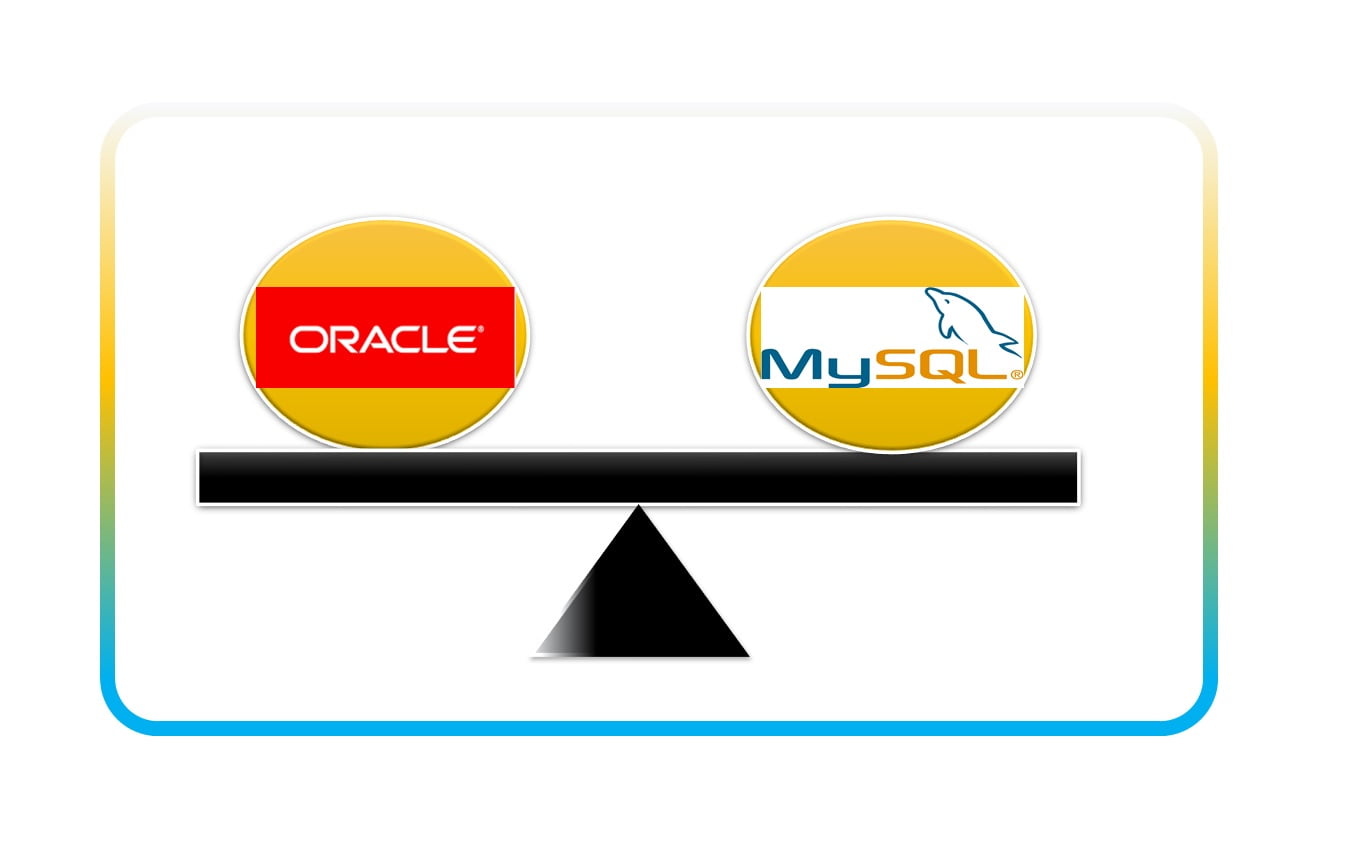Today, we deal with massive datasets, including different data formats, which may be challenging to understand. Therefore to fulfill the demand for data transformation, DataWeave has been launched as a key component to fit into the Mulesoft platform. Mulesoft is a popular data integration tool that seamlessly combines multiple apps.
In this article, you will learn about DataWeave and how it fits into MuleSoft’s Anypoint integration platform. Before you move further, you should know about DataWeave in brief.
What is DataWeave?
DataWeave is a robust data transformation language used in MuleSoft’s Anypoint Platform, a popular integration software. It is developed to enable flawless integration between multiple apps and systems by changing data from one format to another.
Moreover, DataWeave fits into Mule’s Anypoint Platform as a key component of its data integration capabilities. Also, it is used to modify data in real time as it flows through the platform. It allows data to be processed and manipulated as required to ensure it is properly formatted and designed for use across systems.
However, Mulesoft’s Anypoint Platform includes various other tools and features that work closely with DataWeave. They provide complete data integration solutions to this platform’s users. These include mule connectors that allow this platform to connect to a wide range of data sources easily. Also, it uses tools to manage APIs, design integration flows, and monitor and manage various data integration processes. Further, you can get more insights on integration by opting for the MuleSoft Training through expert support.
Overall, DataWeave plays a critical role in the Anypoint Platform by enabling seamless data blending between various systems. It helps companies to improve their operational efficiency and reach their digital transformation goals.
What is Mulesoft?
MuleSoft is a leading data integration platform that offers IT companies multiple tools to automate all tasks. Further, it helps to combine data and systems, automate various processes and workflows, and more. It also offers an excellent digital experience for its users as a single and simple platform for use.
DataWeave in the Anypoint Platform
Mulesoft’s Anypoint Platform is an impressive solution for businesses seeking to manage their data flow. As an integrated platform, it offers users a wide range of capabilities to develop and deploy APIs seamlessly. DataWeave is one of the key tools at the heart of MuleSoft’s Anypoint Platform, enabling users to access and transform their data in a flexible, fast, and reliable manner.
DataWeave is an essential part of MuleSoft’s Anypoint Platform, and it plays a crucial role in helping organizations gain valuable insights from their data. DataWeave provides developers with a powerful, flexible language for transforming data between different formats and structures. DataWeave also enables developers to create custom scripts and functions for sophisticated data manipulation tasks.
How do you use DataWeave in Mule?
DataWeave is a high-level data transformation language. It is helpful in the Mule platform to transform data into another format. Here are the steps to use DataWeave within MuleSoft:
- Create a new Mule project within Anypoint Studio.
- Add a new flow to your project.
- Then add an input source to your flow (Ex: HTTP Listener, File connector, etc.) and set it up to receive the data input.
- Add a DataWeave transformer to your existing flow by dragging it from the Mule Palette to the canvas.
- To open the DataWeave editor, double-click on the transformer.
- Write your DataWeave script to modify the input data into the required output format.
- Then save and close the DataWeave editor.
Add an output target to your flow and configure it to send the altered data to its final target.
Bottom Line
The above details convey how we can use DataWeave in Mulesoft’s Anypoint Platform. However, this language allows its users to execute a routine use case for integration developers. It facilitates them to read and inspect data from a format, modify it, and write it in a different form to get the output.
Moreover, DataWeave is a Mule Expression Language (MEL). Further, this language is primarily used to access and modify the data received from a Mule application. Also, it is an easy-to-learn language that follows similar rules to any other coding language. Therefore, it is widely used.
Continue Reading:
What is ChatGPT And How Can You Use It?
MQTT Protocol for the Internet of Things (IoT)
ABOUT THE AUTHOR
IPwithease is aimed at sharing knowledge across varied domains like Network, Security, Virtualization, Software, Wireless, etc.



